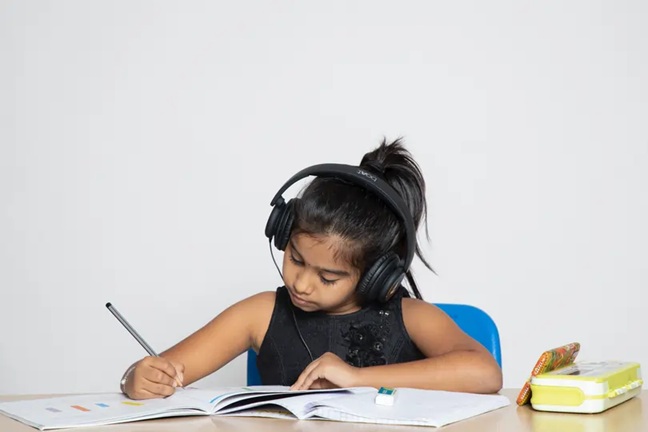S AEIS represents far more than merely a supplementary examination; it embodies Singapore’s progressive approach to educational inclusivity and second chances in an increasingly competitive academic landscape. As someone who has spent considerable time examining how institutional frameworks adapt to serve diverse populations, I find Singapore’s Supplementary Admissions Exercise for International Students to be a fascinating case study in educational policy that balances meritocracy with opportunity.
The Historical Context of Educational Access
Singapore’s transformation from a colonial trading post to a modern educational hub reflects broader patterns of institutional evolution that historians observe across successful societies. The introduction of supplementary pathways like S AEIS demonstrates how educational systems must constantly recalibrate to serve both local needs and international aspirations.
The concept of supplementary admissions emerged from a recognition that talent and potential cannot always be captured in a single assessment moment. Just as historical societies that thrived were those that created multiple pathways for advancement, Singapore’s educational framework acknowledges that excellence manifests differently across individuals and circumstances.
Understanding the S AEIS Framework
The Supplementary Admissions Exercise for International Students operates as a critical component of Singapore’s broader educational ecosystem. Unlike its primary counterpart, S AEIS provides opportunities that extend beyond the traditional academic calendar:
• Timing Flexibility: Conducted in February-March, offering candidates additional preparation time
• Alternative Pathways: Serves students who may have missed the initial AEIS cycle
• Capacity Management: Addresses available school places that emerge after the primary intake
• Geographic Considerations: Accommodates international families with varied academic year cycles
This systematic approach reflects what I’ve observed in successful institutional frameworks throughout history: the ability to maintain rigorous standards whilst providing multiple avenues for qualified individuals to demonstrate their capabilities.
The Social Dynamics of Supplementary Opportunities
From a sociological perspective, S AEIS serves a particularly interesting function in Singapore’s multicultural society. It recognises that educational readiness doesn’t conform to rigid temporal boundaries—a principle that resonates with historical examples of societies that flourished by accommodating diverse learning patterns and life circumstances.
Demographic Considerations
The supplementary pathway particularly benefits:
• Late Arrivals: Families relocating to Singapore mid-academic year
• Career Transitions: Children of professionals whose international assignments don’t align with standard school calendars
• Academic Development: Students who require additional preparation time to meet Singapore’s educational standards
• Strategic Planning: Families making calculated decisions about optimal timing for their children’s integration
Preparation Strategies and Cultural Adaptation
The preparation for S AEIS reveals fascinating insights into how educational systems facilitate cultural integration. The examination doesn’t merely test academic knowledge; it serves as a gateway to understanding Singapore’s educational philosophy and societal expectations.
Academic Preparation Components
Successful S AEIS preparation typically encompasses:
• English Language Proficiency: Emphasis on comprehension, composition, and grammatical accuracy reflecting Singapore’s multilingual environment
• Mathematical Competency: Problem-solving skills that align with Singapore’s renowned mathematical education standards
• Cultural Literacy: Understanding of Singapore’s social context and educational expectations
• Examination Technique: Familiarity with assessment formats and time management strategies
This comprehensive approach mirrors what I’ve observed in other successful integration programmes throughout history: the recognition that academic success requires both intellectual capability and cultural fluency.
The Broader Implications for Educational Policy
S AEIS represents a sophisticated understanding of how educational systems can balance selectivity with accessibility. This balance reflects deeper questions about meritocracy, opportunity, and social mobility that have challenged societies throughout history.
Policy Innovation Elements
• Responsive Design: The system adapts to changing demographic and economic needs
• Quality Maintenance: Rigorous standards are preserved whilst expanding access points
• International Integration: Recognition of global mobility patterns in educational planning
• Longitudinal Thinking: Understanding that educational pathways extend beyond single assessment moments
“The genius of supplementary admission systems lies not in lowering standards, but in recognising that excellence can emerge through different temporal and cultural pathways. S AEIS exemplifies how modern educational policy can be both rigorous and inclusive.” — Singapore Education Research Institute
Success Factors and Long-term Outcomes
The effectiveness of S AEIS can be measured not only through immediate admission rates but through the long-term academic and social integration of its participants. Historical analysis suggests that educational systems providing multiple pathways tend to produce more resilient and adaptable graduates.
Indicators of Programme Success
• Academic Performance: Long-term educational outcomes of S AEIS participants
• Social Integration: Successful adaptation to Singapore’s multicultural educational environment
• Career Trajectories: Professional development patterns of programme alumni
• System Efficiency: Optimal utilisation of educational resources and infrastructure
Future Considerations and Evolutionary Trends
As global mobility continues to increase and educational expectations evolve, programmes like S AEIS will likely become even more crucial. The historical precedent suggests that societies with flexible, multi-pathway educational systems are better positioned to attract and develop international talent whilst maintaining their cultural and academic integrity.
The supplementary admission model addresses fundamental questions about timing, opportunity, and potential that extend far beyond Singapore’s borders. It represents a thoughtful approach to educational policy that recognises the complexity of human development and the importance of institutional flexibility in serving diverse populations.
Singapore’s approach to supplementary admissions offers valuable insights for educational policymakers globally. By maintaining rigorous standards whilst providing alternative pathways, S AEIS demonstrates how modern educational systems can evolve to serve increasingly mobile and diverse populations without compromising their core mission of academic excellence and social development. For families navigating Singapore’s educational landscape, understanding and potentially utilising S AEIS represents not just an academic opportunity, but a gateway to participating in one of the world’s most dynamic educational environments.






More Stories
Weekend Hobby: Joining Acoustic Guitar Workshops as a Family
How a Maths Tuition Centre Can Help You Start Strong
Benefits or Necessity of Choosing the Right Academy